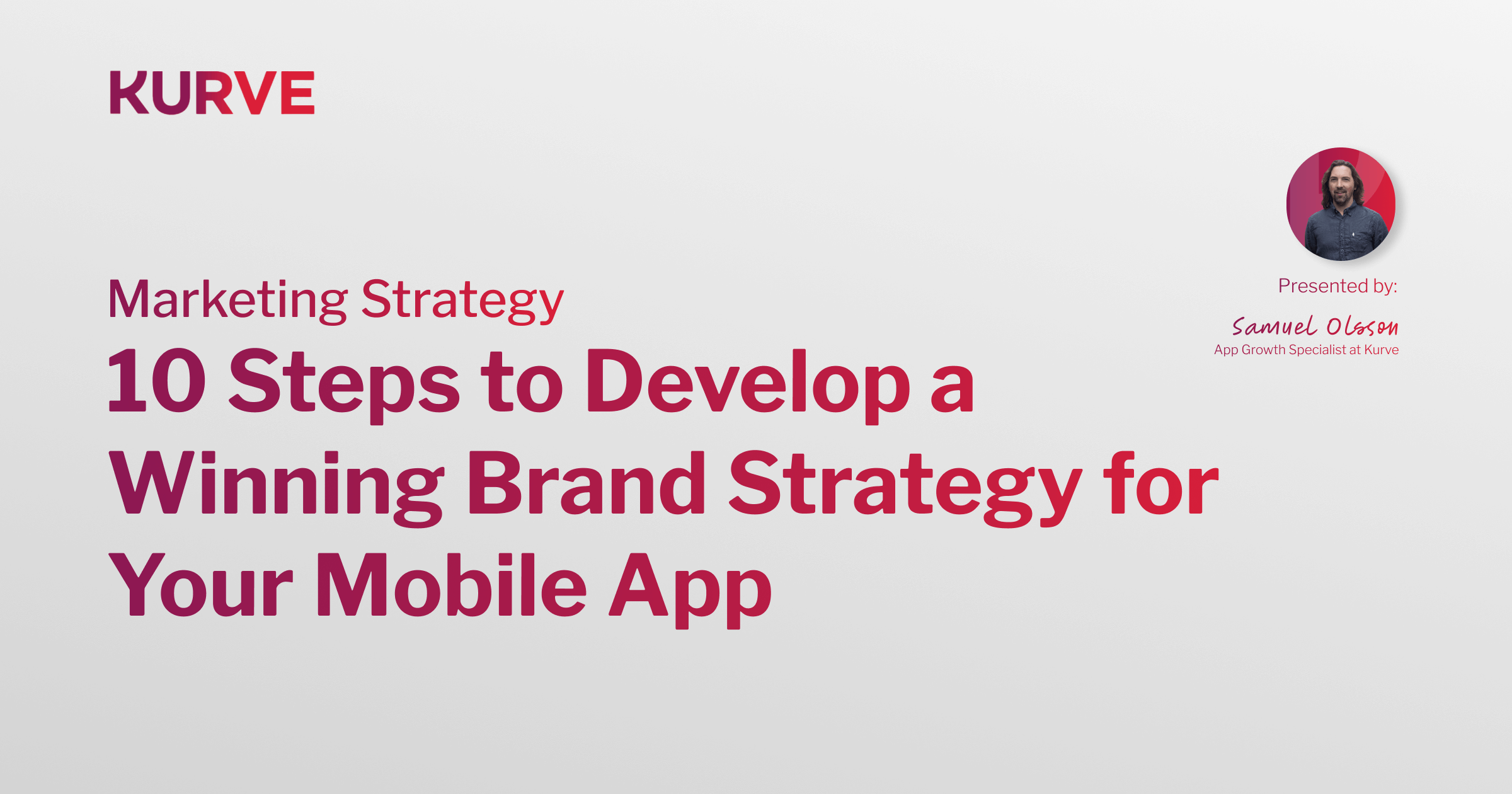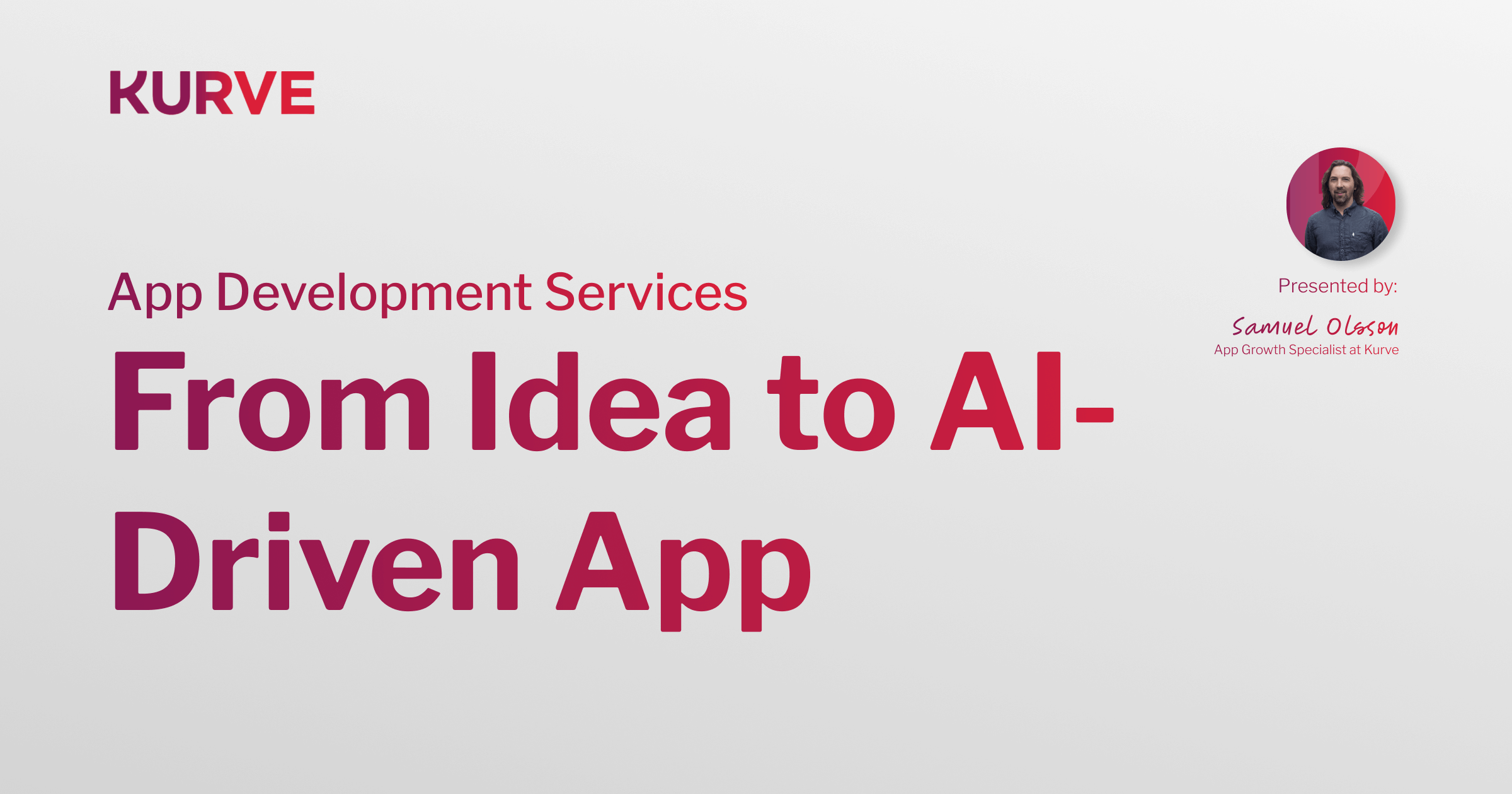How to Increase App User Engagement
Following on from my previous post, we’re going to take a deeper look into the hows and whys of increasing app user engagement.
It’s not hard to find advice on how to increase app users and improve your discovery phase for user acquisition. But what happens if mobile users just disappear after they buy? It’s like throwing a party where people show up but leave early. In the same way, buying into an app doesn’t guarantee a user will continue their journey.
Successful user engagement yields loyal customers. Creative mobile app marketing will help any app, and with engagement benchmarks decreasing exponentially after install, it’s crucial to give your customers a reason to come back.
We’re going to talk about how to achieve this, looking at:
-
Two types of user engagement: onboarding vs onboarded
-
App engagement and mobile app marketing best practices to ensure new users stay with the app and discover the wealth of possibilities it provides
-
Key metrics that will show what’s really working
-
Engagement tools and platforms
Do you have questions about how to increase your app retention? Get in touch to discover how we can help.
App Engagement Metrics
The onboarding process is the threshold welcome for a new user, making it a pivotal part of their experience. It’s the first flush of love, the ‘aha’ moment when that user realises the app’s value and the extent to which it can improve or simplify their lives. Onboarded users are those who then stick with the app and (hopefully) enjoy its many features and ads. Engagement for onboarding and onboarded users is different because of their separate, specific needs and what you’re looking to achieve:
| ONBOARDING USERS
|
ONBOARDED USERS
|
There’s plenty to talk about with either kind of engagement, but this article addresses the first – engagement with onboarding users.
User Behaviour
User behaviour is key to understanding how to target users with engagement strategies. Aim to change user behaviour with campaigns that focus less on the brand or product and more on changing external triggers that bring a user to your app, to internal triggers.
Pinterest is a great example for behavioural targeting. Let’s say you are externally triggered to check out Pinterest after clicking on your friend’s social media post of a shed they want. You’ll find hundreds of images of sheds.
By the second visit, you know that Pinterest is something that will show you inspiring things you want in your life, so you’ll likely sign up and use it. This has become an internal trigger – it’s changed the behavioural pattern of your customer – and Pinterest is now their destination when they need inspiration.
What Makes User Engagement Different to User Retention?
Engagement and retention metrics gauge an app’s ‘stickiness’. Happy customers, who are super glued to their app, are loyal customers who are more likely to spend more.
Retention is generally measured by calculating the percentage of users that have stuck around after install, and is taken at regular intervals — on e.g. Day 1, Day 7, Day 30, etc.. An important factor to note here is that some apps and brands use different definitions of retention, depending on what the app does. A good example of this is travel or airline apps, whose retention rates can be far lower due to uninstalls after a customer’s trip is over.
Engagement, on the other hand, looks more at a user's number of sessions on an app. According to Localytics, very active users are those who engage with an app 11 or more times per month. So while you’re still essentially retaining those users, the focus is more on keeping them happy and active on the app.
Increasing App Engagement: Best Practices
Based on my experience, the easiest way to ensure and/or increase first time user engagement is to focus on functionality, communication, and the right tools.
Functionality
Simply put, the best way to deliver a positive initial user experience is to simplify. If your app doesn’t do what it offers in its value proposition, users will abandon the app quickly and coldly. It’s better to streamline and funnel your features during the onboarding experience than to overwhelm mobile users with a million options on the first day.
To use a retail analogy, Danish variety store Flying Tiger quickly learned to guide its customers through their stores, rather than inadvertently stonewall them with a barricade of excessive choice. Seeing them turn away at the sight of piles of products, the company applied the Ikea concept of a ‘journey’ store, allowing customers to develop a narrative, culminating in the understanding that it’s a place that helps its customers explore their creativity, without breaking the bank.
Highlighting a single core feature also gives users the space to explore the app on their own terms. Gmail’s origin story is an excellent example. Way back when they first launched their email service, the biggest pull was unlimited storage, which no other email providers offered at the time. Google honed in on this to pull in their users, leaving them to discover the several other equally (sometimes more) valuable features at their own pace.
Focusing on the apparent value reduces friction for the user. It will avoid churn or abandonment by keeping onboarding mobile users engaged and allowing for that crucial ‘aha!’ moment to happen as early as possible. It also allows space and time for the next step – a different kind of engagement where onboarded users explore the further discoverable value available from the app.
Communication - the first 24hrs Successful engagement means communicating rapidly, effectively, and strategically – and early on in the onboarding journey. Time is your friend if you use it wisely. Tell your story quickly – not just on day 1 but minute 1. Get your main message across as soon as possible after install. It's a good idea to use a push notification strategy here to show users, for example, how key features in your app will help them complete a desired task, using callouts and highlighting key buttons. There are plenty of powerful tools and platforms available to app developers to communicate and engage with customers (more on this later). View it methodically, like playing a game of ping pong with your user. Apply, say, a 6-step onboarding engagement journey to communicate with customers back and forth – and quickly – in the first 24 hours after install. Ping users with a welcome email, push notifications, benefits emails, app messages, customer support content, and deep links, to keep them ponging back. If that ball doesn’t return, chances are it’s time to apply some re-engagement tactics. Tools There are no two ways about it: tools are a must-have for maximising user engagement. As well as the old familiars like email, SMS, and social, these days there is cloud-based help desk software, live chat, and embedded support. Platforms can automate innovative and engaging communication with users to accelerate growth across the customer lifecycle. Digital customer service platforms can also deliver personalised, scalable customer service in mobile, web, social, and phone channels. The more obvious tools aren’t always the best fit for every app though – read more on recommended tools below.
There are obviously different ways to measure performance, but as with the rest of onboarding engagement, the best early approach is to simplify what you're tracking. It might be too early to measure Daily Active Users (DAU), so my suggestion here is to track:
-
Average session length: this is the average length of time your users spend on your app, and it's once again important to point out that its applicability depends on your industry. On the whole, though, it indicates how valuable your users find your app.
-
Exit rate: this is not the same as bounce rate (which is users leaving your app without engaging). Exit rate is much more specific in that it shows the exact screen or page they leave from. This then highlights which pages need more attention and optimisation.
-
Click-through rates (CTR): this is the ratio of users who click a specific link, relative to the number of users who viewed that page, email, or ad. The benchmark you're looking for here is a CTR above 2%, as it's an indication of the success of that specific event.
-
Email open rate: this is another measure of engagement, taken from the perspective of your onboarding email campaign. A good benchmark for email is an open rate of 15%.
Many people talk about push notification rates, but these are trickier and less reliable. For example, some mobile apps simply bombard customers with push notifications. Although this ultimately sends the metrics up, all it shows is how many push notifications are sent. It says very little about the conversion rate or first time user engagement rates, and therefore holds little in terms of value or quality information.
Other metrics to pay attention to include any unsubscribes and any metrics that might risk, for example, Apple or Google rating you as spammy.
User Engagement Tools
Be smart by choosing the right tools and applying them in the most effective way. Just as potential customers are faced with the volume of app choice, app developers and owners in turn have so many tools to choose from and several comprehensive guides. Below is a brief outline of a few options that I know work well in practice and deliver results:
DO USE:
-
SendinBlue is a brilliant, no-code offering for email and SMS campaigns. It is scalable, reliable, and priced to match your rate of growth. Most importantly, SendinBlue offers several features that help you communicate with customers in a highly personalised way, including marketing automation, transactional emails, and more targeted marketing through segmentation. Ideal for increasing engagement and keeping your customers at the party.
-
Braze is a customer engagement platform that drives growth across the customer lifecycle and excels through its push and in-app notifications. Although Braze does email too, the in-app experience is where it really comes to life. Among many things, Braze is a vertically-integrated solution that can add value to your messaging through testing and optimization, drive more purchases with gamification, and boost revenue with data-driven A/B testing.
DO NOT:
-
Use MailChimp. We all know that MailChimp is great – it can be a really good friend to early-stage startups. But be prepared for a bumpier road when attempting to do anything a bit more sophisticated – it’ll quickly become part of your very expensive legacy tech stack.
-
Try to build your own solution. While an admirable notion, it’s also likely to be a huge waste of valuable time and resources. By the time you have managed to explain deferred deep linking to your development team, your competitors have likely already eaten your lunch using the above tools.
-
Use HubSpot or Salesforce. Again, these tools are great at what they do. Sadly, they’re just not great for running mobile app engagement or any kind of CRM activity for consumer-facing apps. Even if you run a B2B mobile app, it is better to keep them out of your app engagement tech stack. Look instead to solutions like zapier or integromat to get things into HubSpot when and where you need them.
Active Users = Loyal Users = Loyal Customers
The reality for mobile app developers is that users have an overwhelming plethora of choice. In such a competitive digital market, developing a strategy to increase customer loyalty and user engagement is fundamental for companies seeking to engage, convert, and monetise users .
Investing in user engagement doesn’t just mean that you’ll optimise the UX and customer journey beyond install. Focus on the principles of onboarding engagement, meaning functionality, communication, and the right tools, because these pave the way for you to build solid foundations for relationships with your users. It’s the beginning of a strong relationship. You’re opening the door, revealing the app’s immediate vital flourishes, making users feel at home and welcomed, and gifting them with signposted essential initial knowledge.
Stepping back once they’re onboarded, comfortable, and ready to take in more of their surroundings, is the next step in engagement.
If you’d like to talk more about your app engagement, get in touch today to see how we can help.


